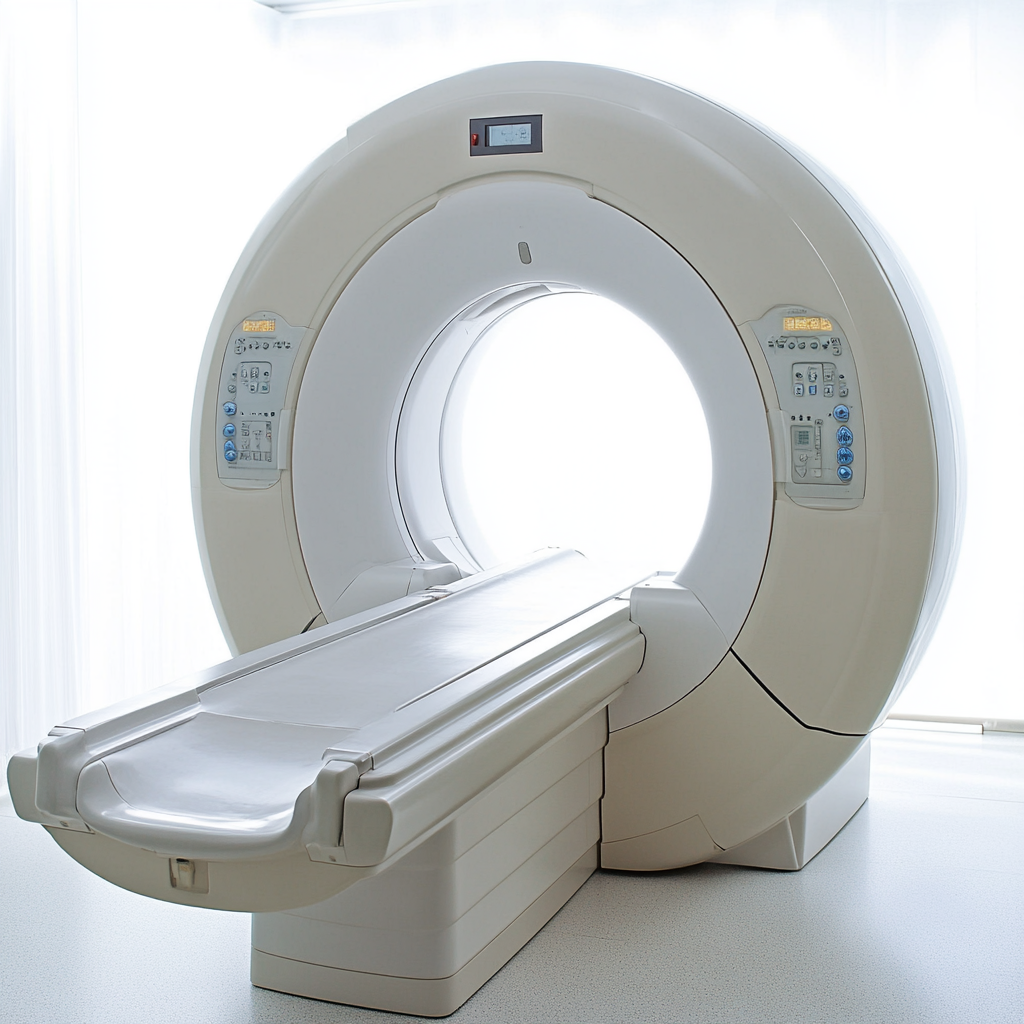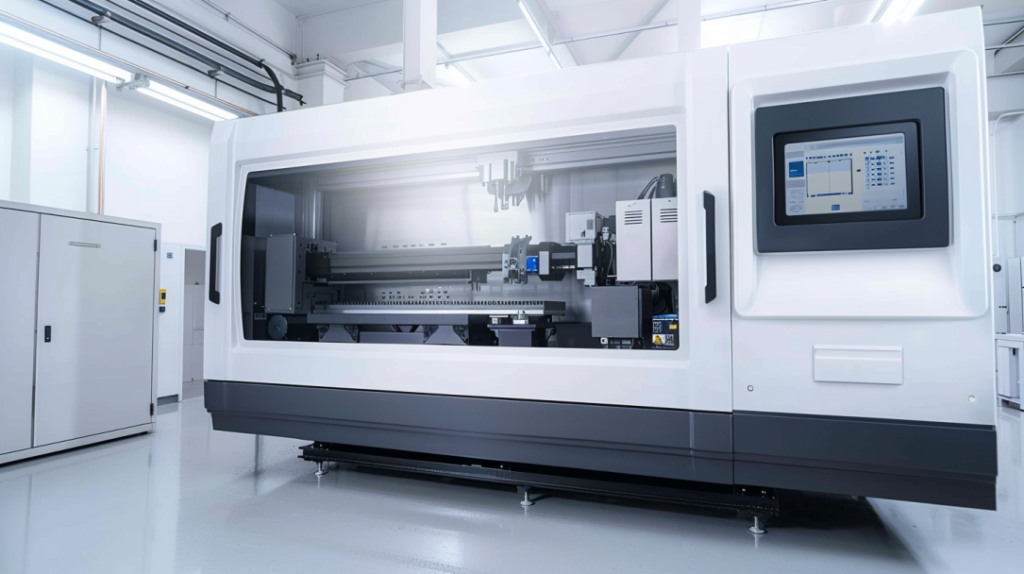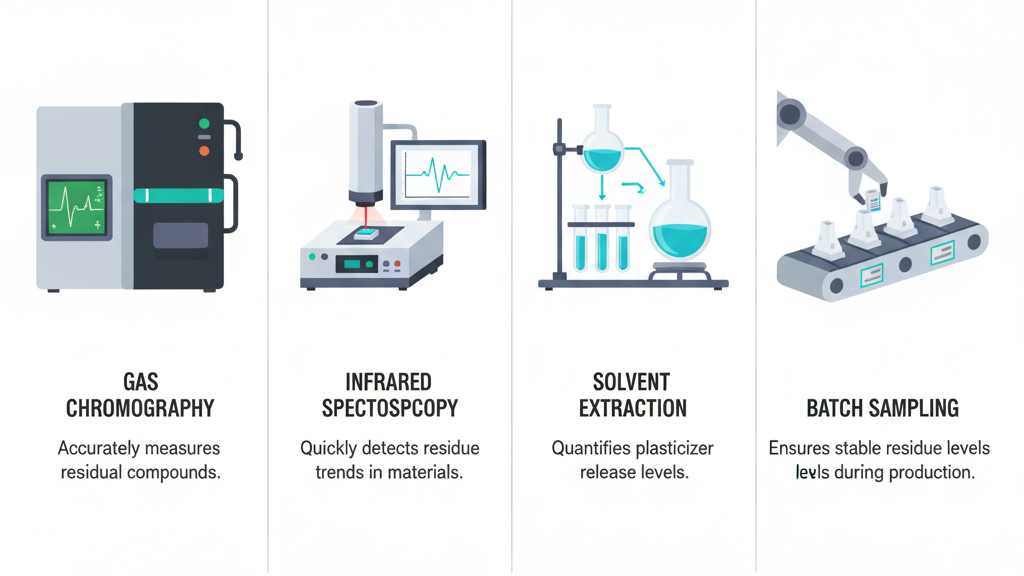In recent years, injection molding technology has undergone significant innovations, evolving from a manually controlled process to a highly automated and intelligent precision manufacturing method. These advancements have not only improved production efficiency but also expanded the range of available materials, making it easier and faster to produce complex products with greater accuracy. The innovations in injection molding technology have led to higher product quality and flexibility, enabling manufacturers to meet ever-changing market demands.
1. The Application of Smart Technology and Automation
One of the most significant transformations in injection molding is the introduction of smart technology and automation. In the past, operators had to manually adjust parameters such as temperature, pressure, and cooling time, often relying on experience and trial and error. This method was not only inefficient but also led to inconsistent product quality.
Today, modern injection molding machines are equipped with real-time monitoring systems that collect data during the production process and automatically adjust key parameters. This intelligent control method reduces human error and optimizes production cycles, significantly lowering scrap rates. For instance, with smart systems, we can monitor fluctuations in temperature and pressure during production, ensuring consistent product quality and improving overall production line efficiency.
This technology is not only beneficial for routine production but also allows us to remain flexible when dealing with more complex orders. In the production of precise products like medical devices or automotive components, precise control over every parameter is critical, and smart systems enable us to meet these stringent requirements.
2. Advances in High-Performance Materials
Advances in materials science have expanded the range of options available for injection molding. In the past, traditional plastics were the primary materials used in injection molding. Now, manufacturers can work with a variety of high-performance materials, such as thermoplastic elastomers, fiber-reinforced polymers, and bio-based plastics. These materials not only enhance product durability but also allow manufacturers to select materials based on specific product application requirements.
For example, the use of fiber-reinforced polymers provides an ideal solution for products requiring high strength and heat resistance. In the automotive industry, where certain components must maintain structural integrity under extreme conditions, we faced the challenge of producing a component that could withstand extreme temperatures and frequent use. By using fiber-reinforced materials, we ensured the product’s durability and extended its lifespan.

Meanwhile, the development of bio-based plastics meets the needs of companies looking to improve the environmental performance of their products. As global awareness of environmental sustainability increases, manufacturers are looking for more eco-friendly solutions. We have incorporated bio-based plastics and recyclable materials, making the production process more sustainable while helping companies achieve their carbon reduction goals.
3. Advances in Automation and Robotics
The progress in automation technology has also brought significant changes to the injection molding field. The introduction of robotics has automated many aspects of the production process, such as part removal, quality inspection, and packaging. This not only reduces the risks associated with manual labor but also improves production speed and consistency.
Automation also has the crucial benefit of significantly reducing production cycles. For example, a client needed to produce consumer electronics on a tight schedule. By utilizing robotic systems, we enabled 24/7 production, ensuring the project was completed on time without compromising quality. This highly automated process not only increased production capacity but also provided faster market delivery for the client.

The Integration of 3D Printing and Injection Molding
3D printing has revolutionized the way molds are created for injection molding. In the past, creating molds was a time-consuming and costly process, especially when multiple design iterations were required. Now, with the help of 3D printing, we can quickly produce small-batch molds for prototype testing, drastically reducing lead times.
This technology is especially suited for projects requiring rapid prototype iterations. For example, one of our clients needed to test several different design versions during the development of a new product. By utilizing 3D printing, we were able to produce multiple sets of molds within days, allowing the client to complete product testing and validation swiftly, ultimately shortening the time to market.
Sustainability and Energy-Efficient Technology
As the demand for sustainability increases globally, injection molding technology has also advanced. Modern injection molding machines are designed with energy efficiency in mind, utilizing smarter systems to reduce energy consumption. In addition, advancements in recycling technology enable us to reprocess waste materials and reintegrate them into production, reducing raw material waste.
The packaging industry has particularly benefited from these innovations. We helped a packaging client implement material recycling solutions by reprocessing production waste. This not only helped the client reduce material costs but also significantly lowered their carbon footprint, achieving a win-win outcome for both environmental and economic benefits.
Conclusion: How These Innovations Help Customers
By combining smart systems, high-performance materials, automated production, and 3D printing technology, we have achieved breakthroughs in the injection molding industry. These innovations not only make our production more efficient but also enable us to help clients stay competitive in today’s fast-changing market.
Whether you need rapid prototyping or large-scale production, we offer tailored solutions that make use of the latest technology. These advancements allow us to tackle various production challenges and provide faster, more efficient, and more sustainable injection molding services. If you’re interested in how these innovations can elevate your product, reach out to us and explore the possibilities of future manufacturing together.







